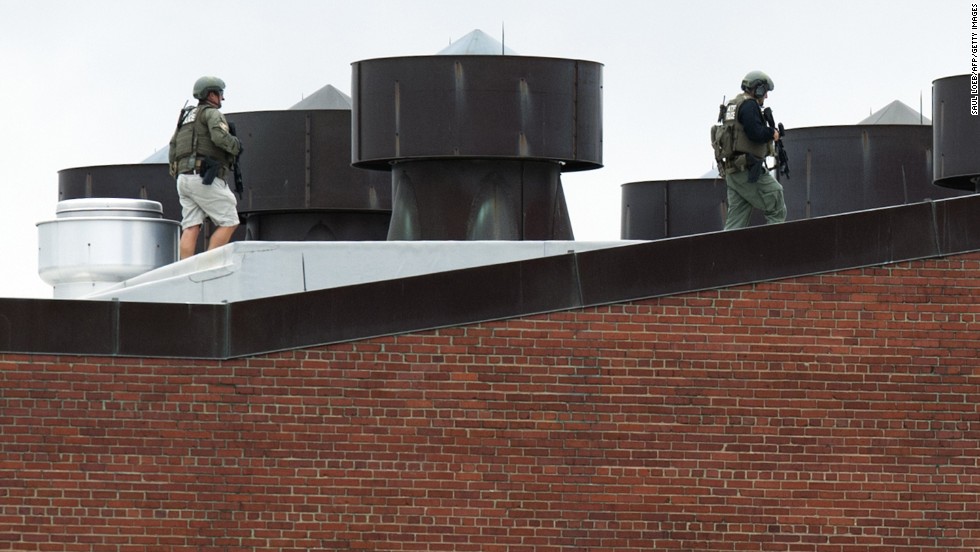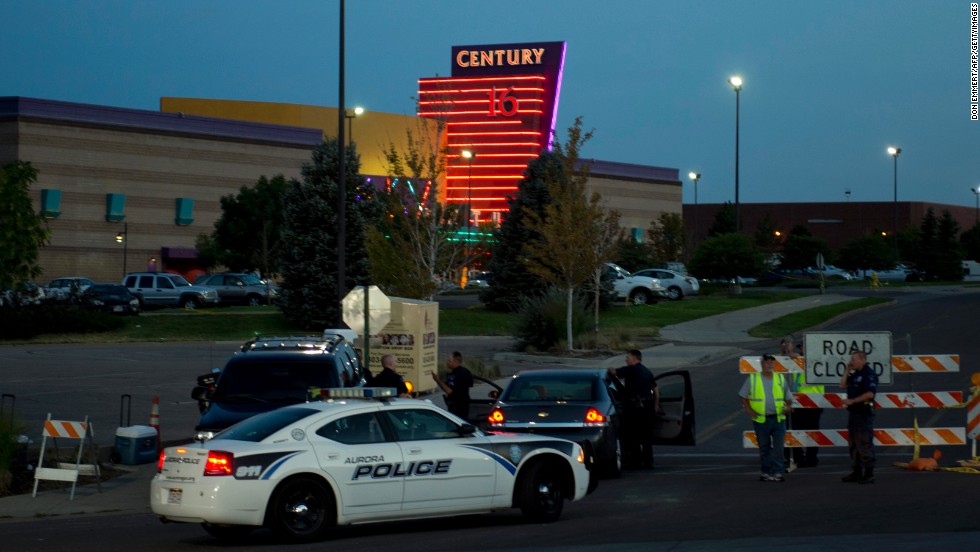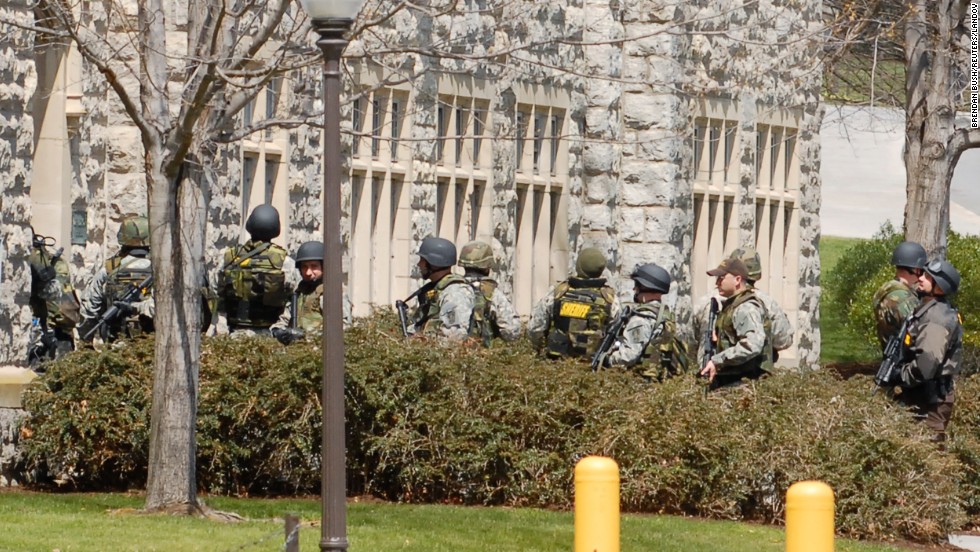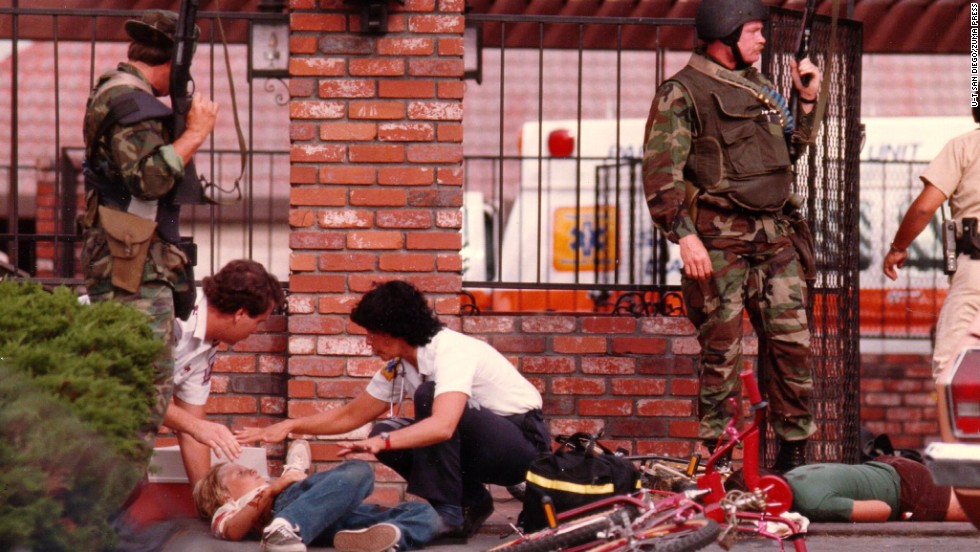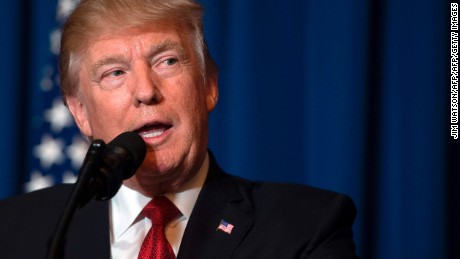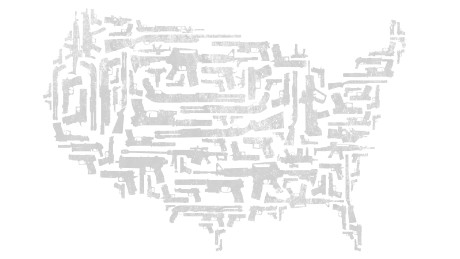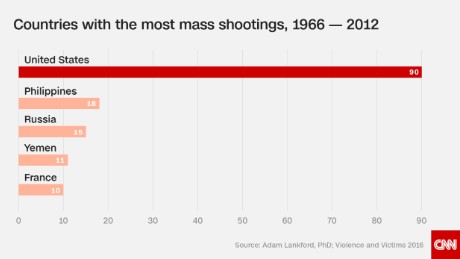Story highlights
- Gun sales spike after mass shootings due to concerns over safety, experts say
- Elections and gun control policies may also affect gun sales
- Gun control advocates say guns will not make people safer; rights groups disagree
(CNN)Nicole Hockley lost her 6-year-old son, Dylan, in the 2012 shootings at Sandy Hook Elementary School in Newtown, Connecticut. On the day of Dylan's memorial, the National Rifle Association issued a statement about the shooting that left 26 dead, mostly children.
"The only thing that stops a bad guy with a gun is a good guy with a gun," said the association's executive vice president, Wayne LaPierre.
Hockley said LaPierre's comments come from the "false rhetoric" that often follows mass shootings.
"How do you recognize who the good guys are?" she asked. "How does arming ourselves with more weaponry make us a safer society?"
The demand for guns jumped in Newtown after the shooting. Assault rifles began selling out across the country amid fears of tighter gun control legislation. Similar spikes in gun sales followed tragedies in Orlando and San Bernardino, and stock in gun companies surged. Now, research in California suggests that the closer people are to a mass tragedy, the greater the impact on gun sales.
Hockley calls this a "knee-jerk reaction" by people who are scared for their safety and who worry that someone will take their guns away. Now a voice for gun violence prevention through her organization, Sandy Hook Promise, Hockley said that the families of mass shooting victims have responded very differently.
"I don't think I've ever had a family who's lost someone (in a mass shooting) ... say, 'we need to have more guns available so that we can protect ourselves,' " she said.
'A more violent and disturbing place'
After a mass shooting, "the world seems to suddenly be a more violent and disturbing place than people thought," said public health expert David Studdert, a professor of law and medicine at Stanford University.
Studdert said his latest research supports the notion that this fear is partly behind the spikes in handgun purchases that follow mass shootings.
His newest study, published Monday in the journal Annals of Internal Medicine, tracks handgun sales in California after two mass shootings: the 2012 Newtown massacre and the 2015 shooting in San Bernardino, California. Because California records all lawful handgun purchases and there is no exception for firearms sold at gun shows, he said, the state's data are uniquely comprehensive.
The study showed spikes in handgun purchases after each tragedy: After Newtown, there were 53% more purchases than expected in California. After San Bernardino, there was a 41% increase across the state -- but this broke down to an 85% increase among San Bernardino residents, versus a 35% increase elsewhere in the state.
"This, I think, reinforces the idea that safety and security concerns are motivating these purchases," Studdert said.
Larry Pratt, executive director emeritus of Gun Owners of America, believes that these handgun buyers might be "predisposed" to want to defend themselves -- and that a mass tragedy might tip the scales.
"When something like that happens and it's vividly covered in the media, then that may prompt them to finally take action," Pratt said.
Studdert's study found that the wave of additional gun buyers in California was made up predominantly of people who were white and Hispanic but not black. It also found a bigger jump in handgun purchases by people who had not previously owned a gun.
"Households that never previously had handguns now do," Studdert said.
Because not all states report gun purchases like California does, researchers have debated whether gun sales and background checks across the country reveal more new gun owners or simply more guns per owner, which Studdert described as a "stockpiling phenomenon."
CNN has estimated that US gun owners -- who make up less than 1% of the world's population -- own two-thirds of the country's guns and up to one-third of guns worldwide.
The new study did not explicitly ask people's reasons for buying guns, but surveys have shown many people who buy guns do so because it makes them feel safer. The Pew Research Center found in 2013 that half of American gun owners cited protection as their main reason for owning a gun.
"The most unfortunate aspect of this is that these guns are purchased for self-defense but are far more likely to be used against the purchaser or that person's family or friends," said Josh Sugarmann, executive director of the Violence Policy Center, a research and advocacy group that focuses on gun violence.
Researchers have found higher rates of suicide and homicide where there are more guns, though the NRA has refuted this position, citing a low national murder rate in recent years.
The NRA did not immediately respond to a request for comment about the new study, but other gun rights advocates shared their interpretation.
"We've seen drops in the violent crime rate" in the same time concealed carry laws have become more common, Pratt said.
He believes that part of it stems from "crooks encountering armed citizens," though "nobody knows exactly why." He also disagrees with the premise that guns make the public less safe, citing the time it takes for police to arrive after a crime.
"A really good response time ... is about four to five minutes," Pratt said. "And a lot of the horrific shootings have taken a lot of lives well within that time."
Though Studdert's study didn't look at the public health consequences of gun sales after mass shootings, he cautioned that we shouldn't forget about the larger picture.
"Although these spikes are very large, they don't last long," he said.
The boost in gun sales lasted about six to eight weeks after each shooting before dropping back to normal, he said. This may represent less than 10% of handguns sold per year in California.
"If you are concerned about public health implications of gun ownership, I'm not sure that these spikes are exactly where you want to be looking," Studdert said. "There's an enormous stockpile of guns out there already in households."
'A club that no one wants to join'
Mass shootings make up far less than 1% of US gun deaths, the study notes, but how many mass shootings there are per year depends on which definition you use.
A "mass killing" has been defined in some federal laws as three or more deaths, but the FBI has previously set the cutoff at four or more deaths. The Congressional Research Service (PDF) has limited its definition to "gunmen who select victims somewhat indiscriminately," excluding gang-related and domestic violence.
These definitions may be the difference between a handful versus hundreds of mass shootings every year.
Paradoxically, public support for tougher gun laws has risen alongside gun sales. After the Orlando attack last year, a CNN/ORC poll found that 55% of people surveyed supported stricter gun laws -- the highest number since after Newtown. In the poll, 92% supported expanded background checks, and 87% supported a gun ban for convicted felons and people with mental illnesses. Democrats were far more likely than Republicans to support more stringent gun laws.
Sugarmann believes that people who respond to a mass shooting fall into two camps: those who take a more individual approach to their self-defense, which includes buying guns, and those who, like Hockley, take a societal approach to gun violence by asking themselves what can be done to stop it.
"Both (groups) say to themselves, 'This is horrific and could happen to me and my family,' " Sugarmann said.
The night before Hockley launched Sandy Hook Promise, she met with the families of other mass shooting victims from Aurora, Columbine and Virginia Tech.
One of them told her, "You're now part of a club that no one wants to join."
"That scared me to my core," Hockley said. "I didn't want to be that mom going out to someone else's tragedy and welcoming them to this club."
Hockley said this motivated her to become an advocate -- not just for sensible gun safety laws but for mental health programs, school trainings and other programs meant to prevent gun violence and suicides before they happen.
She recalled one student in Ohio who, not long after attending a training with her organization in 2015, overheard one student trying to recruit another for a school shooting. Investigators unearthed a specific plan and intervened, Hockley said.
"We know that we've stopped multiple shootings and suicides," she said.
'Uniquely American'
Mass shootings aren't the only events that lead to an upswing in gun purchases, said Studdert. Laws and elections -- particularly those that could tighten gun control measures -- share similar trends. For example, President Barack Obama's re-election in 2012 drove up gun sales, but President Donald Trump's election caused gun stocks to plummet.
Sugarmann said that gun rights groups use these events to push a fearful narrative.
"No matter how small or large an incident, it means that someone's coming for your guns," Sugarmann said.
Proponents of stricter gun laws often point to Australia as an example of how to stop mass shootings through strict policies. The country implemented a large-scale gun buyback program and sweeping gun reforms in the 1990s after a mass shooting. Hundreds of thousands of guns were taken out of circulation, according to one study, and there were no mass shootings in the two decades that followed.
"That really changed the culture and the environment in Australia," said Studdert, himself an Australian with a keen interest in the myriad gun laws in the United States.
"As an outsider, it's an area that intrigues me because it's somewhat uniquely American," he said.







